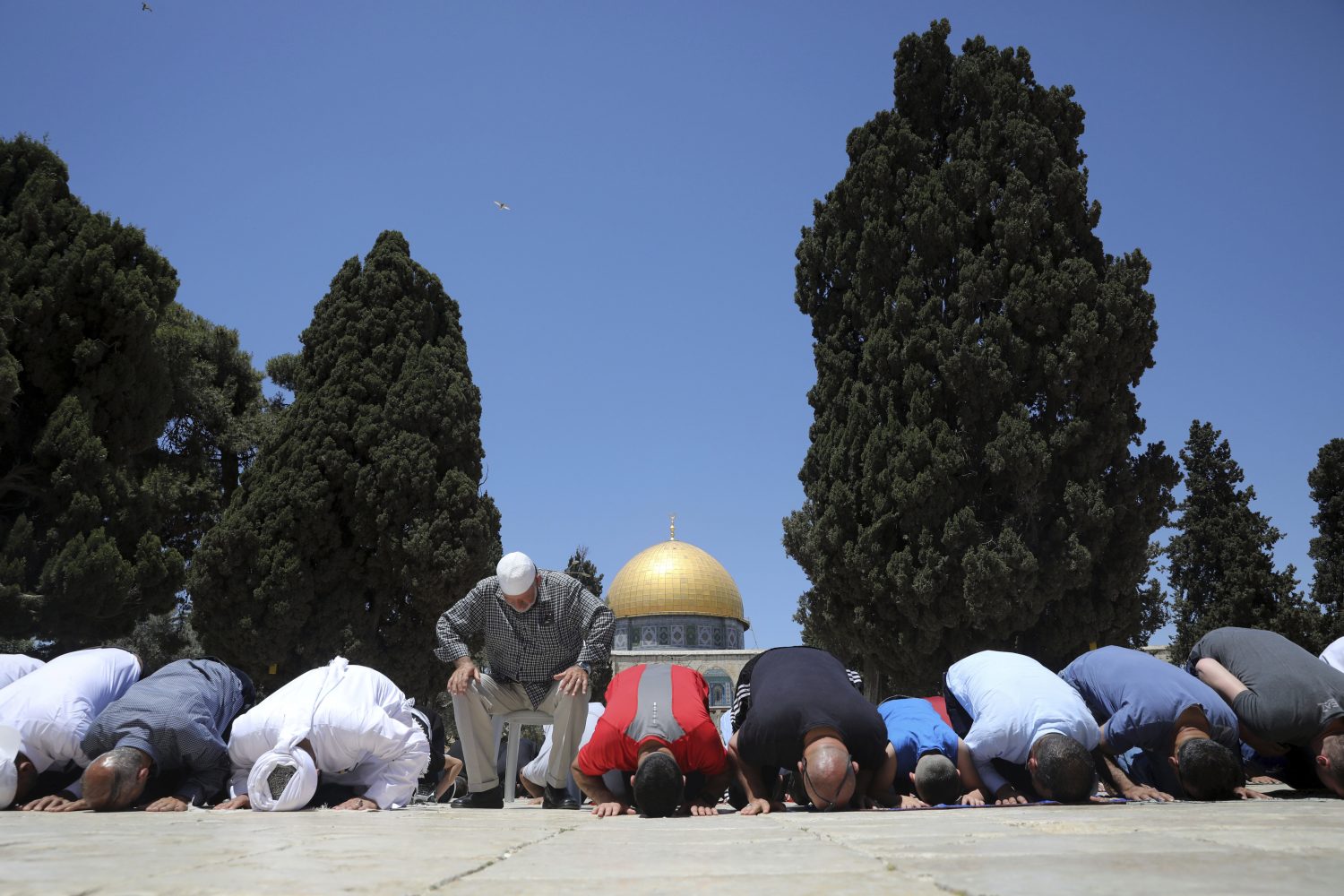Metamorphoses: In Rodin’s Studio, is the name of the new show at Montreal’s Museum of Fine Arts, and it achieves its purpose.
Beginning with his breathtaking work, the ‘Hand of God’, where one sees what the master could evoke out of marble, hand on one side, holding Adam and Eve in an intimate embrace in the palm of his hand on the other, one is immediately aware of the genius.

And then, in the offering of all the little fragments that Rodin developed and pioneered in plaster, one becomes increasingly aware of the method.
For Nathalie Bondil, Director of the MMFA and its Chief Curator since 2007, this show is particularly close to her heart. Her specialty is sculpture and her much-loved mentors and teachers from Paris, were involved in its creation.
“This exhibiton does not want to isolate Rodin from his context”..
She says “this exhibit does not want to isolate Rodin from his context”. And with more than 170 sculptures,14 in marble and 60 in bronze, and all the plaster masterpieces, one begins to understand the process.
ListenNathalie Bondil says sculpture is difficult to understand in comparison to painting. In painting, she explains, you have a canvas, and perhaps a trial or two, but the painting is the finished product. In sculpture there are more steps to the process and it involves the skill of other technicians and practitioners as well.
Bondil says Rodin “was a great molder, very quick, very instinctive.” He did not attend the Academy des Beaux Arts, he went to a school for decorators learning different techniques, and it was not until he was 40 that he struck out on his own with the confidence to run a big studio. She said he was a very, very hard worker, very fastidious.
Working with plaster, which was an inexpensive material, allowed Rodin to repeat the process making 10 hands from one mold for example. And with these fragments he created and assembled different works.
“It’s a very quick, inexpensive material which allows Rodin to make all kinds of fragmentation, asssemblage, to cut works, to repeat them etc, etc. So it’s not just a step from one medium, the clay to the last medium, marble or bronze, it was really the definitive medium.”
The man who lived into the 20th century, diying in 1917, was a visionary of a time that became all about fragmentation and assembly. Nathalie Bondil says, “Before Rodin, sculpture was really an imitation of reality, it was more illustrative, it was more analogical, but after Rodin, sculpture became more symbolist, the idea of the object became more important, it is more about the emotion, about the symbol, about expression, but no more a copy of reality This is a huge change, a huge revolution.”
The mounting of the exhibit is ideal with lighting in one room that evokes a brightly lit studio, followed by a softer atmosphere in the next room, to feature or shadow the figures. The exhibit demonstrates beautifully how different foundries turn out very different versions of the same bronze statues.
Nathalie Bondil, the curator of the show, proudly describes it as “the biggest show on Rodin ever presented in Canada” bringing, for the first time, the Big Thinker. It is time well spent. Walking among and around the works is very moving.
The show runs until mid-October and then will go to Richmond, Virginia and on to Salem near Boston in the United States.







For reasons beyond our control, and for an undetermined period of time, our comment section is now closed. However, our social networks remain open to your contributions.